41 hazard class labels on packages are
DOT Hazard Classes Explained - Sharps Compliance Blog Hazard Class 2 - Gases. Flammable gases (2.1) burn readily in air and are in a gaseous state at 68°F (e.g., propane and spray paints). Non-flammable gases (2.2) may include liquified gases or cryogenic liquids (e.g., helium and asthma inhalers). Poisonous gases (2.3) are toxic or presumed toxic to humans (e.g., carbon monoxide). 49 CFR § 172.406 - Placement of labels. | CFR | US Law | LII / Legal ... A label may be printed on or placed on a securely affixed tag, or may be affixed by other suitable means to: (1) A package that contains no radioactive material and which has dimensions less than those of the required label; (2) A cylinder; and. (3) A package which has such an irregular surface that a label cannot be satisfactorily affixed. (c ...
Marking & Labeling Your Shipment - Federal Aviation Administration Marking means a descriptive name, identification number, instructions, cautions, weight, specification, or UN marks, or combinations thereof, required on outer packagings of hazardous materials or dangerous goods. Must be durable, in English, and printed on or affixed to the surface of a package or on a label, tag, or sign.
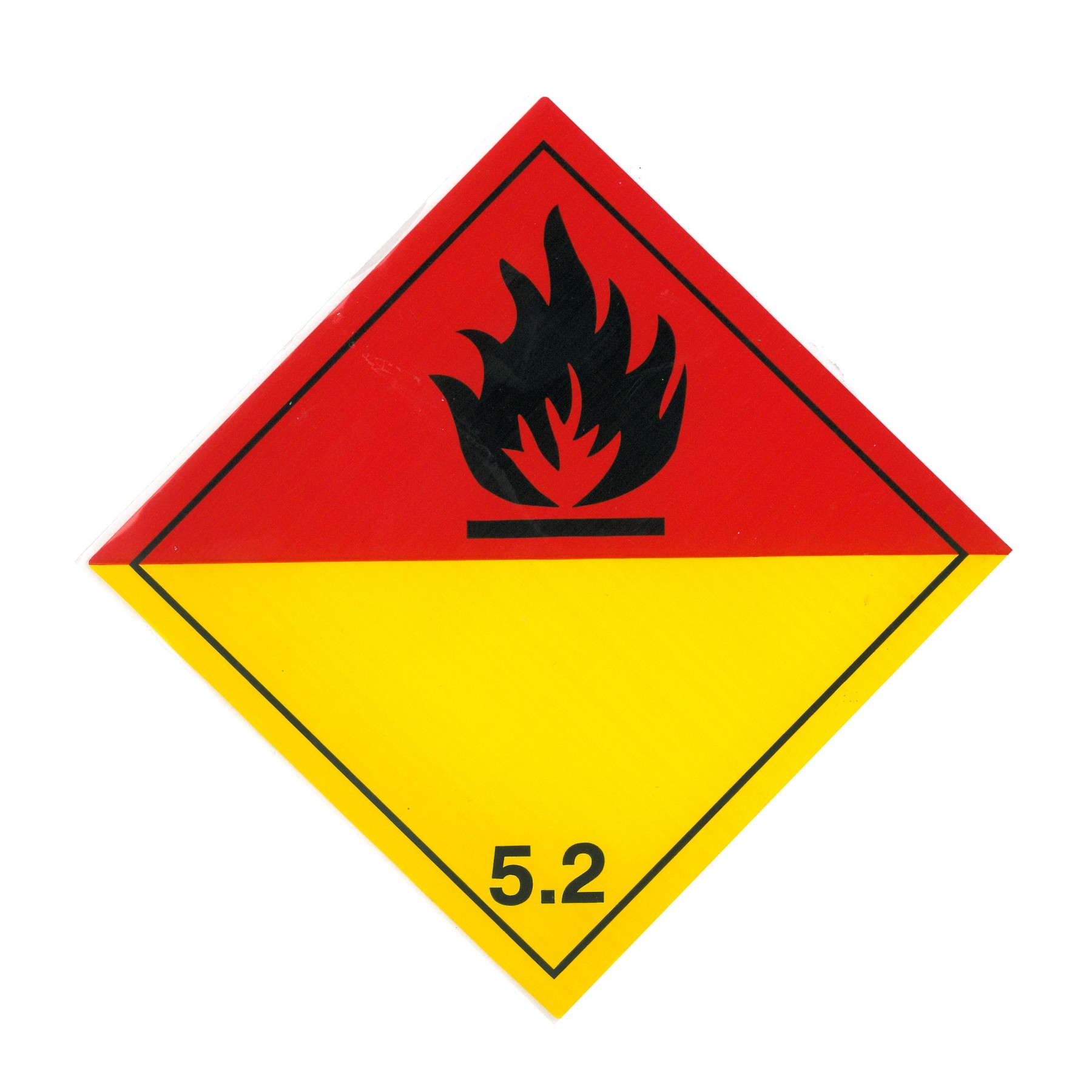
Hazard class labels on packages are
Classes 1-9 of dangerous goods explained Class Primary hazard Label; 4.1: Flammable solids, self-reactive substances, polymerizing substances and solid desensitized explosives: 4.2: ... For some (Type A) materials and packages, a transport index is calculated on the basis of the maximum dose rate on the external surface of the packaging, and different labels and regulations apply ... Dangerous goods classes and hazard labels - Civil Aviation Safety Authority Dangerous goods can present 1 or more of the hazards represented by Class 1 to 9. Some classes are split into divisions. Safety Data Sheets (SDS) are usually available from the manufacturer for specific chemicals and dangerous goods. They are a useful tool for people to ensure that they are sending the goods under the correct classification. Hazmat Labels and Marking for Shipments: What You Need ... - News and Info Labels are used to indicate the hazard of the material being transported and the potential hazards associated with it. Hazmat labels are generally designed in the shape of a diamond (square on point). The hazmat label, however, might differ from one package to another - depending on the materials being transported, the hazard class/division ...
Hazard class labels on packages are. 49 CFR § 172.402 - Additional labeling requirements. In addition to the label specified in column 6 of the § 172.101 table, each package of Class 1 material that also meets the definition for: (1) Division 6.1, Packing Groups I or II, shall be labeled POISON or POISON INHALATION HAZARD, as appropriate. (2) Class 7, shall be labeled in accordance with § 172.403 of this subpart. (f) Division 2.2 ... Proper Shipping Name Labels | ICC Compliance Center Cold temperature adhesive makes these labels ideal for sub-zero temperatures. Choose from a variety of common proper shipping name labels, custom labels printed with your UN number and proper shipping name or print on demand with our blank labels. Offered in a standard-tab (4" x 4.75" | 100 x 120 mm) and large-tab (4" x 6" | 100 x 150 ... PDF DOT CHART 16 Hazardous Materials Markings,Labeling and Placarding Guide each label represents a hazard of the material contained in the package [§172.401]. • For labeling mixed or consolidated packages, see §172.404. • The appropriate hazard class or division number must be displayed in the lower corner of a primary and subsidiary hazard label [§172.402(b)]. EOF
Hazard Class Labels - Upward Packaging Inc. Hazard labels display hazards contained in small packages - boxes, drums, jerricans, and crates. Dimensions. 100 mm x 100 mm (3.94″ x 3.94″) Quantity Per Package. 500. PDF DOT CHART 16 Hazardous Materials Markings,Labeling and Placarding Guide label(s) for the hazardous material listed. • Any person who offers a hazardous material for transportation MUST label the package, if required [§172.400(a)]. • Labels may be affixed to packages when not required by regulations, provided each label represents a hazard of the material contained in the package [§172.401]. DOT Labeling Requirements: When Does a Hazmat Package Need Labels ... Requirements for DOT labels on hazmat packages are specified in 49 CFR 172.400 (subpart E). Unless otherwise excepted, labels are required on all hazmat packages as specified on the hazardous materials table. ... Hazard Class/Division: The materials hazard class or division number must appear at the bottom of the DOT label and be at least .25 ... Hazard Class Labels | ICC Compliance Center Durable and weather resistant hazard class labels. Choose from high-gloss paper or vinyl label materials, our labels are printed with premium inks to ensure crisp, clear graphics and wording. All labels are backed with industry-standard adhesives that have been tested to stick on a variety of substrates. Labels approved for use with all modes ...
Labeling Requirements for Hazardous Materials: A U.S. Legislation ... Class 2 - Gases: This class includes all packages that are filled with any form of compressed gas. Common examples include natural gas containers, fire extinguishers, and methane. ... hazardous materials need to be labeled. However, there's much more to hazardous material packaging than just applying hazard class labels. For example, chemical ... Hazmat Labels, Hazmat Placards, and Hazmat Markings - Labelmaster Labels are standard hazmat identifiers, designed to meet certain specifications, and placed on packages, packagings, or overpacks.; Placards are standard hazmat identifiers, designed to meet certain specifications, and placed on outer containers, trucks, cylinders, or other vehicles used for transport.; Markings are additional identifiers (other than hazard labels & placards) that further ... eCFR :: 49 CFR Part 172 Subpart E -- Labeling (c) Notwithstanding the provisions of § 172.402(a), a Division 6.1 subsidiary hazard label is not required on a package containing a Class 8 (corrosive) material which has a subsidiary hazard of Division 6.1 (poisonous) if the toxicity of the material is based solely on the corrosive destruction of tissue rather than systemic poisoning. In ... Packaging Your Dangerous Goods | Federal Aviation Administration The appropriate dangerous goods packaging is based on the most appropriate hazard classification of a product and its physical attributes. For example, you cannot ship corrosive materials in metal packages because corrosives violently react with metal and will eventually destroy the package. Packaging requirements vary depending on the type ...
Hazmat Label Requirements and Regulations - Where Regulations Require ... The hazard class number or division number must be at least 0.25 in (6.3 mm) and not greater than 0.5 in. (12.7 mm). ... Per 49 CFR 172.400, listed below are the types of packages where hazmat labels are necessary if the package contains hazardous material. Exceptions to this standard can be found in 49 CFR 172.400a. Non-bulk packaging;
Hazmat Labels and Marking for Shipments: What You Need ... - News and Info Labels are used to indicate the hazard of the material being transported and the potential hazards associated with it. Hazmat labels are generally designed in the shape of a diamond (square on point). The hazmat label, however, might differ from one package to another - depending on the materials being transported, the hazard class/division ...
Dangerous goods classes and hazard labels - Civil Aviation Safety Authority Dangerous goods can present 1 or more of the hazards represented by Class 1 to 9. Some classes are split into divisions. Safety Data Sheets (SDS) are usually available from the manufacturer for specific chemicals and dangerous goods. They are a useful tool for people to ensure that they are sending the goods under the correct classification.
Classes 1-9 of dangerous goods explained Class Primary hazard Label; 4.1: Flammable solids, self-reactive substances, polymerizing substances and solid desensitized explosives: 4.2: ... For some (Type A) materials and packages, a transport index is calculated on the basis of the maximum dose rate on the external surface of the packaging, and different labels and regulations apply ...


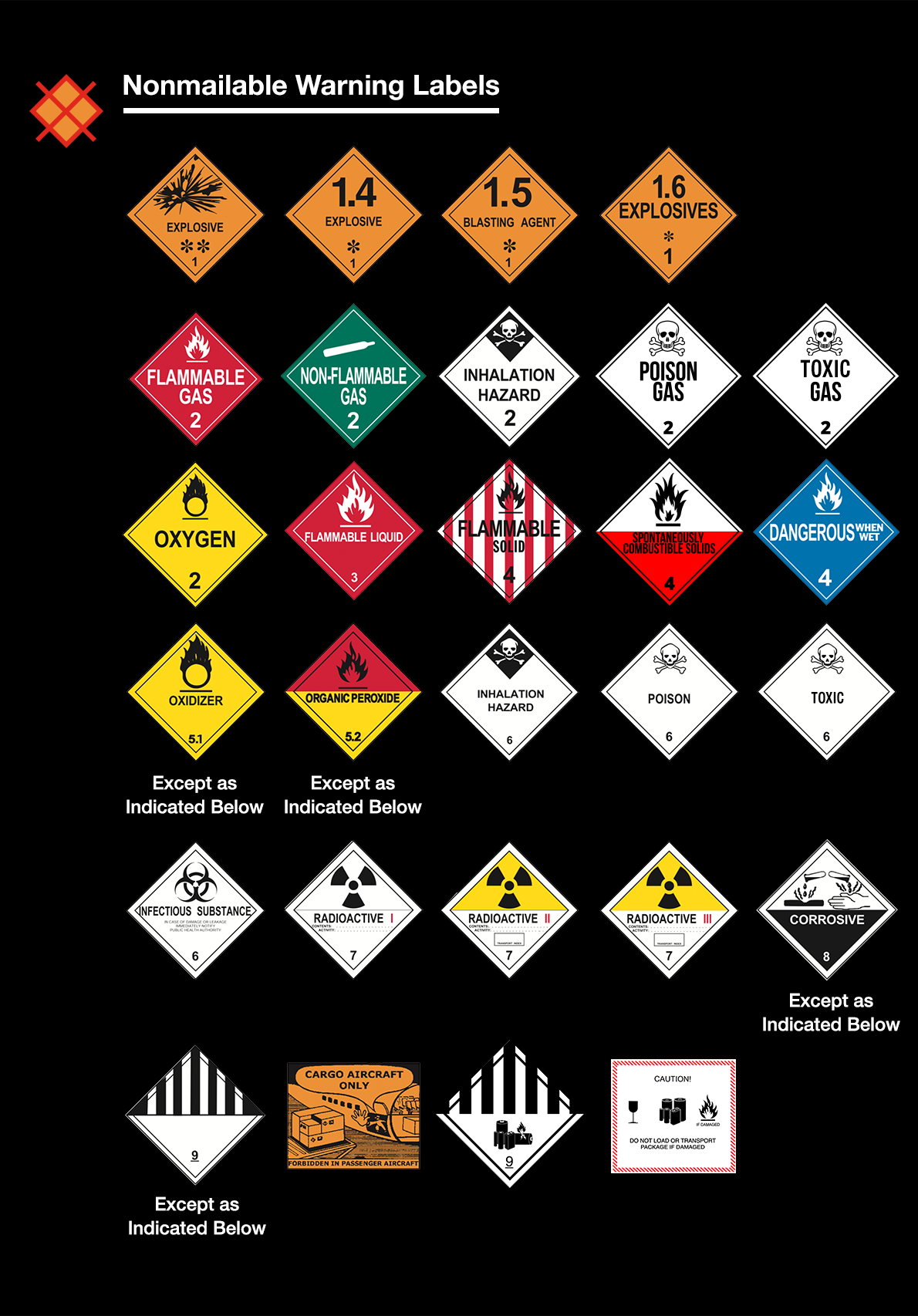
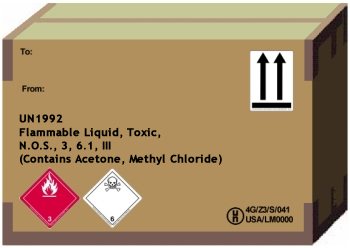

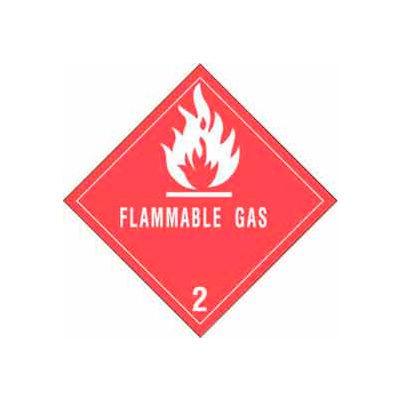

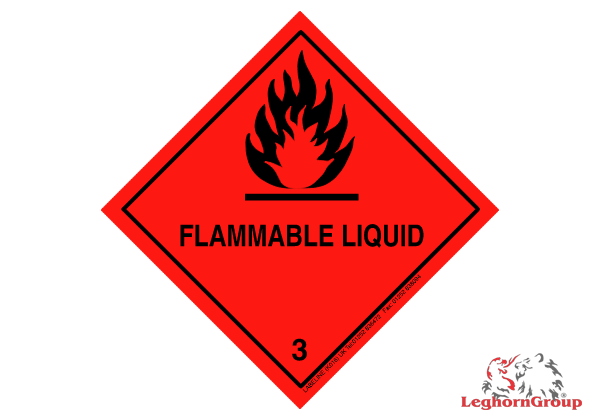

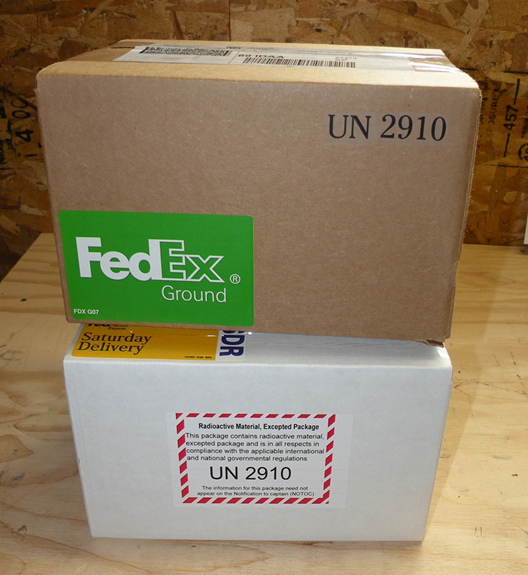
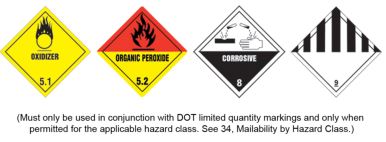





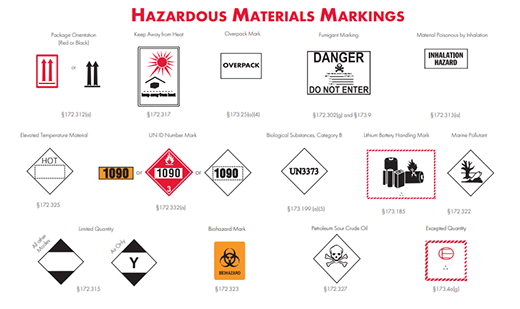
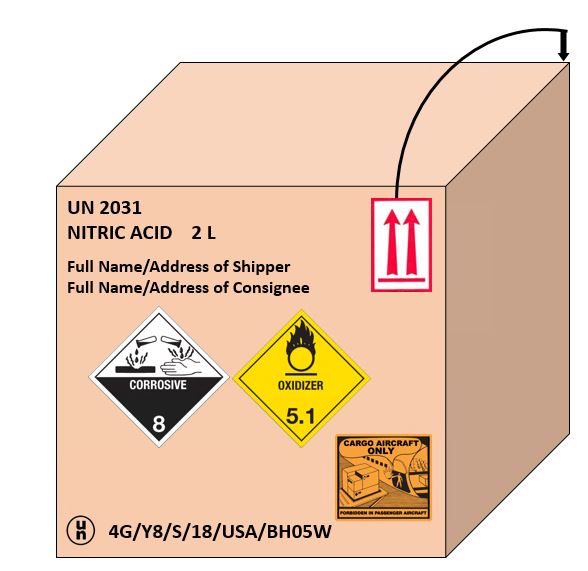


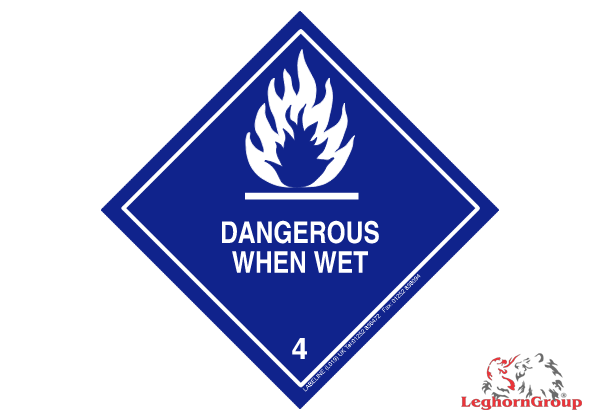

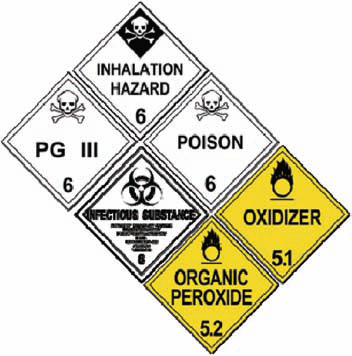
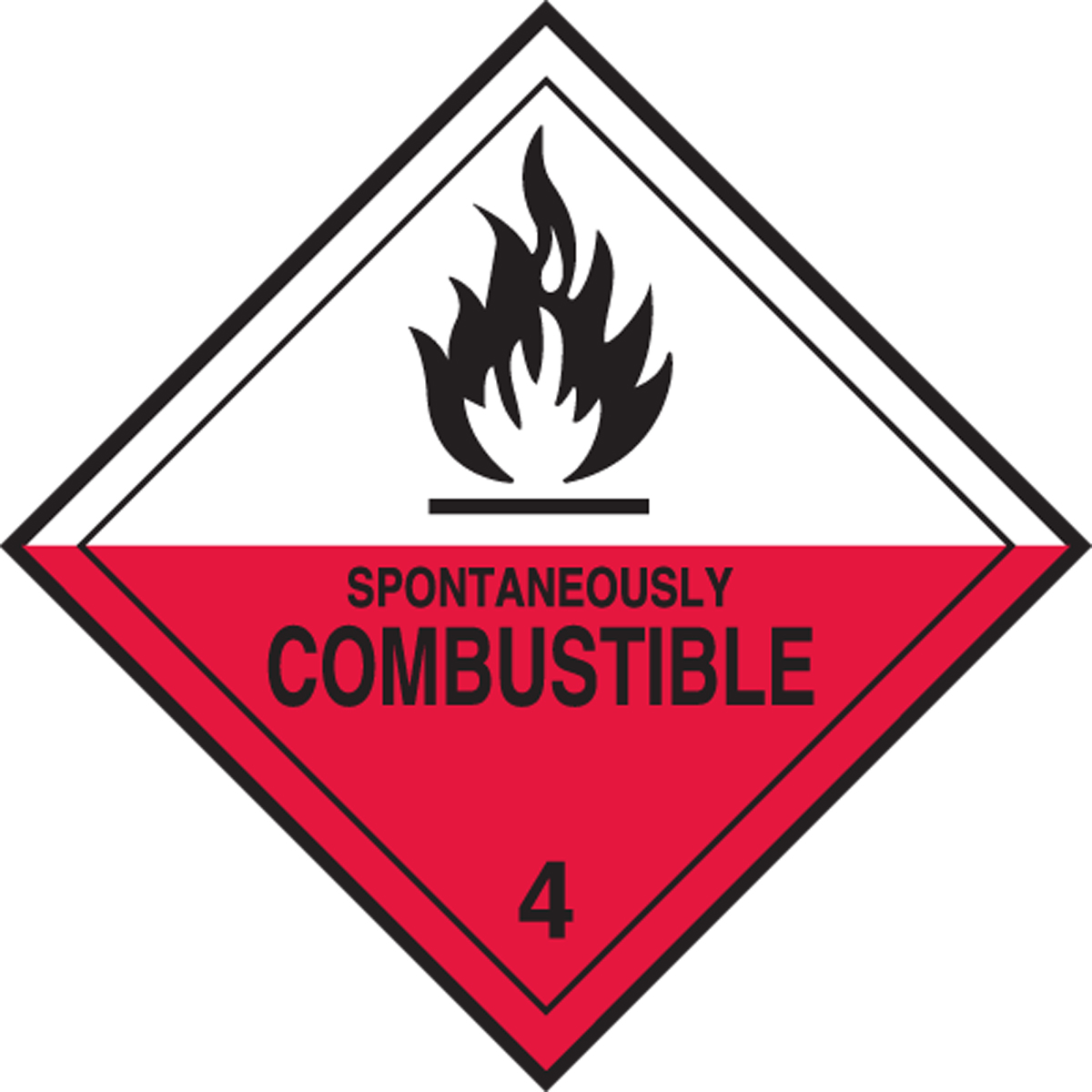
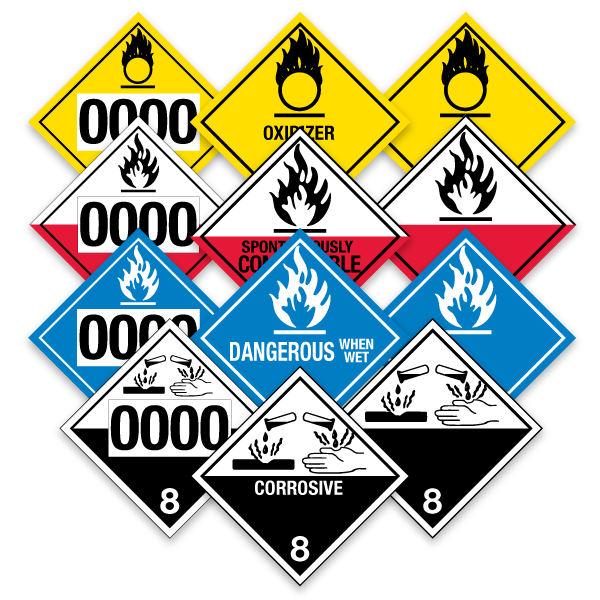

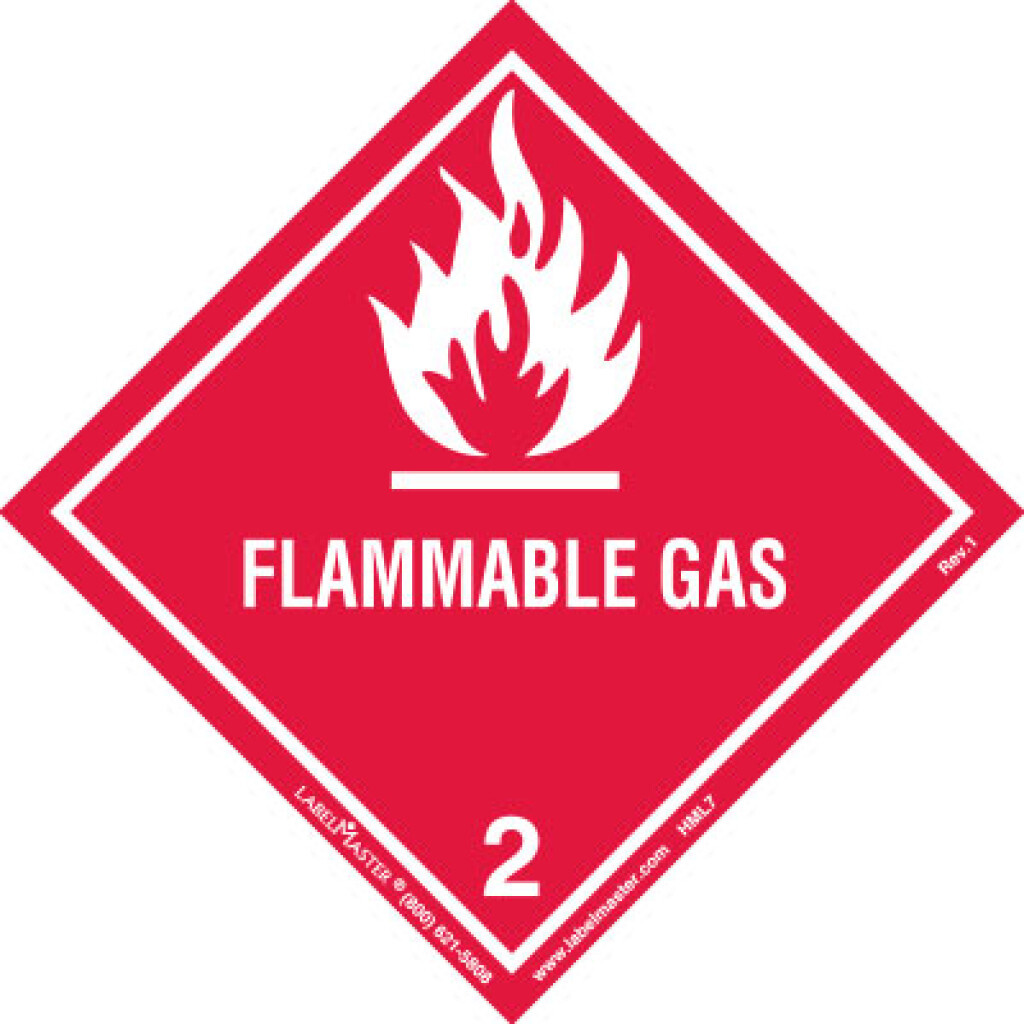
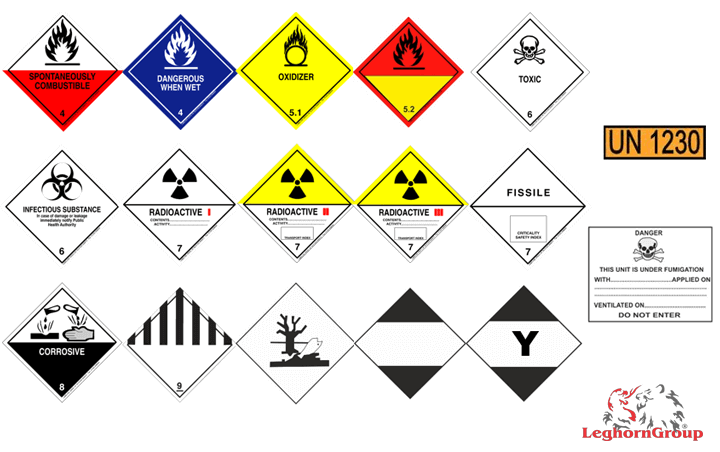



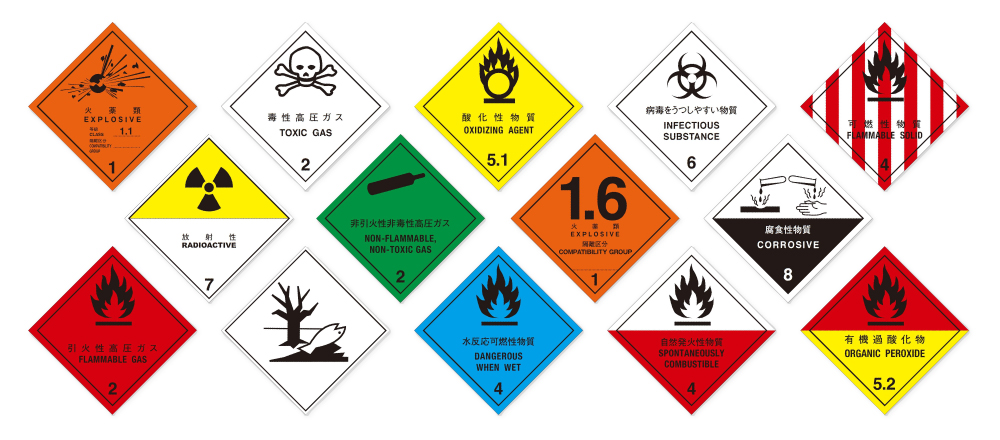

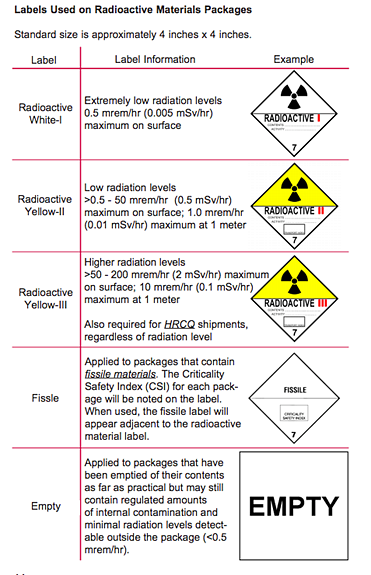
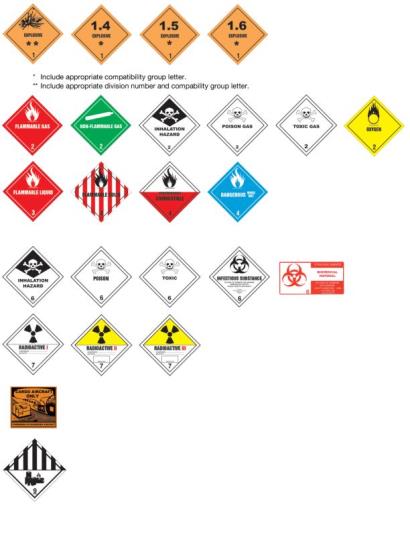
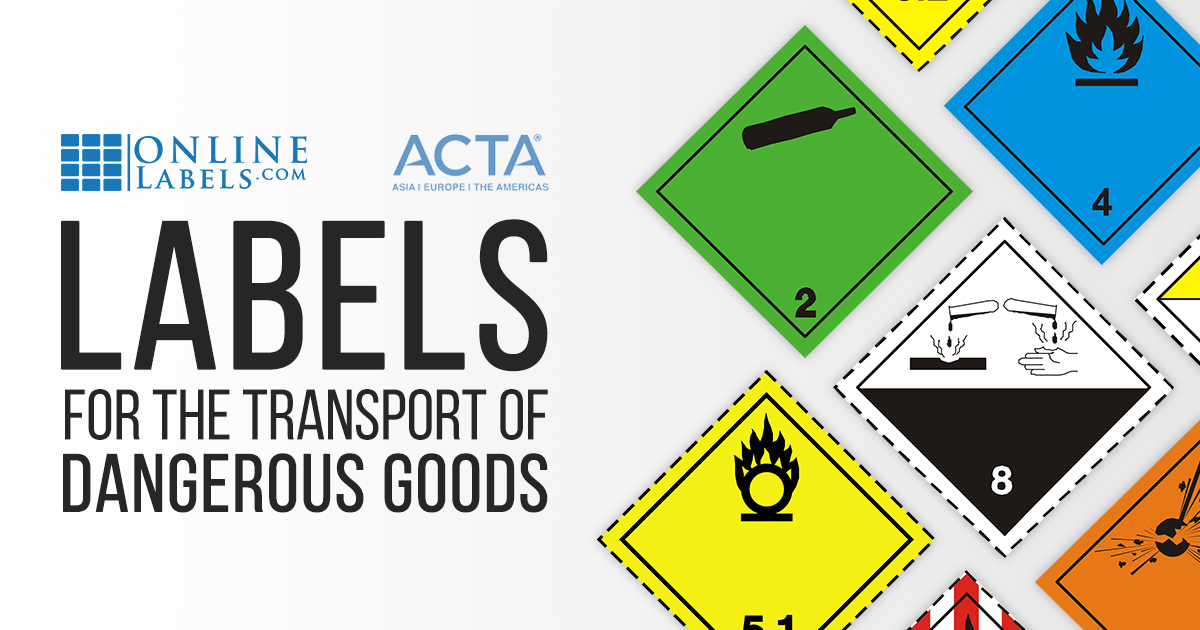
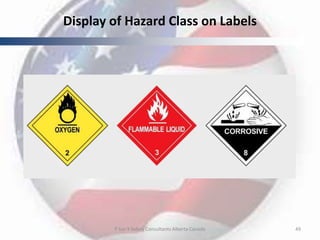
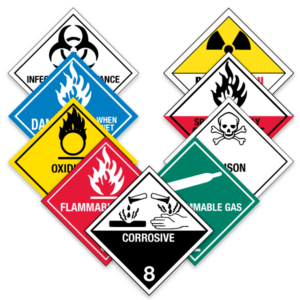
Post a Comment for "41 hazard class labels on packages are"